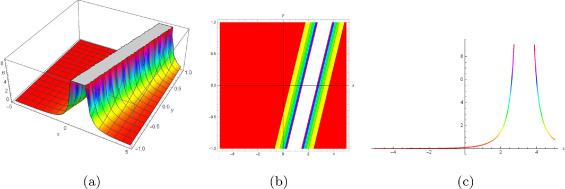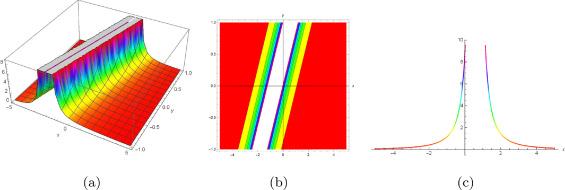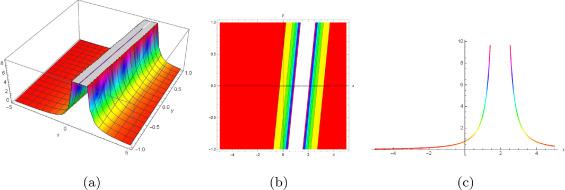There are several approaches for finding their exact solutions, including the extended simple equation method
[22], the logistic equation method
[23], the Kudryashov method
[24], the direct perturbation method
[25], the extended modified auxiliary equation mapping method
[26],
[27], the inverse scattering method
[28],
[29], the
-model expansion method
[30],
[31], the
expansion method
[32], the tanh method
[33],
[34], the Hirota bilinear method
[35],
[36],
[37], the exp-function method
[38],
[39], the generalized exponential rational function method
[40],
[41], the Darboux transformation
[42], the Bäcklund transformation
[43],
[44], the residual power series method
[45], the homogeneous balance method
[46],
[47], the modified extended direct algebraic method
[48], the Lie group method
[49],
[50] and the variable separation method
[51],
[52].
















